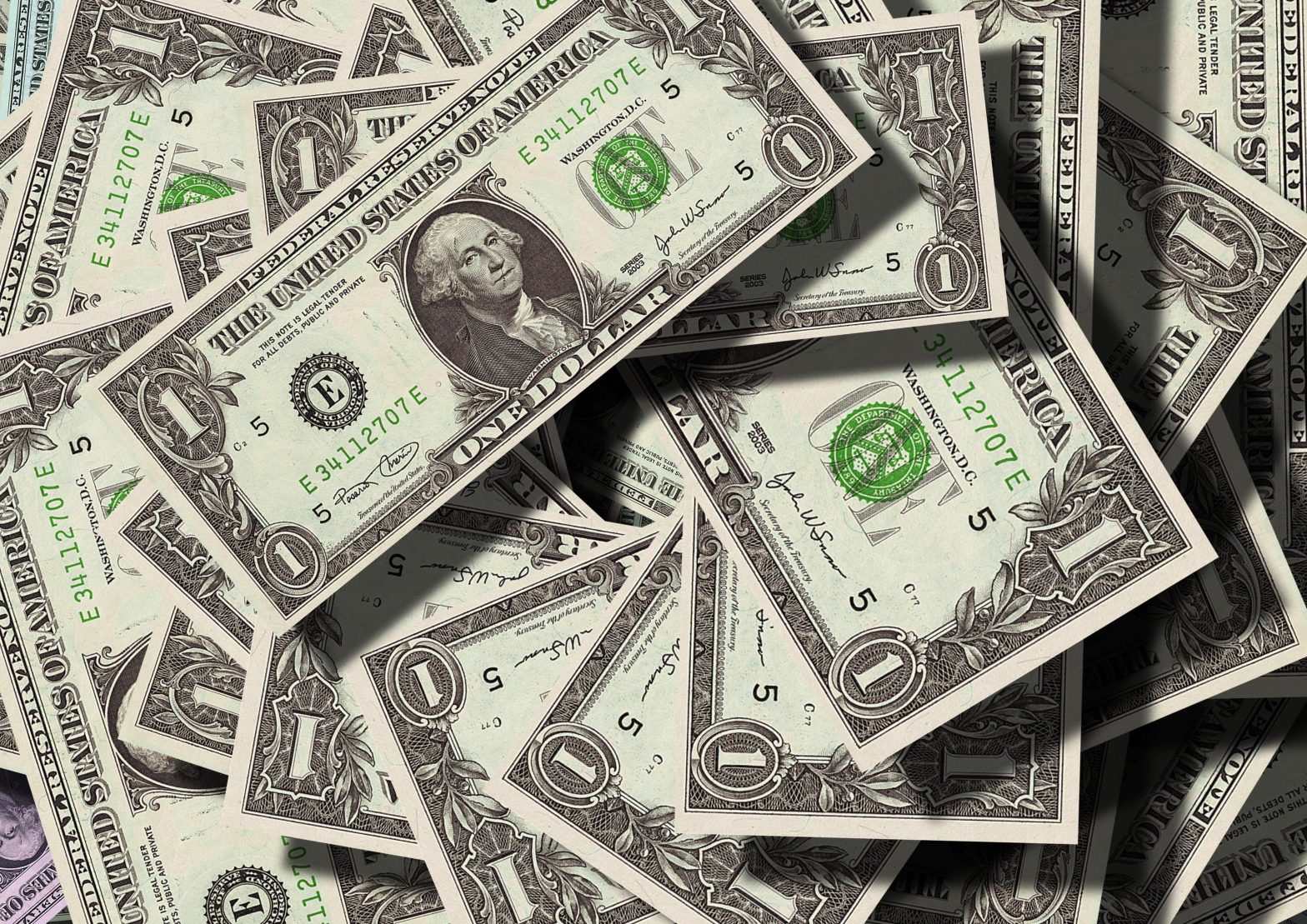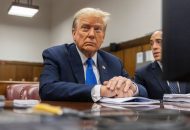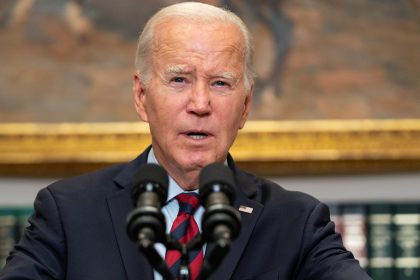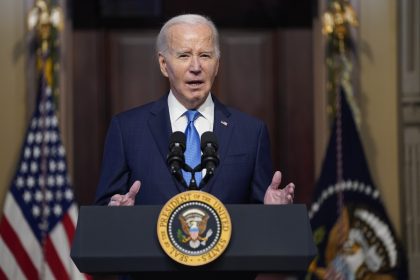Recession Fears Are Valid, But Predicting Timing Nearly Impossible, Economist Says

There are plenty of warning signs that the longest economic expansion in the history of the United States is coming to an end. While the signs indicate an impending recession, predicting the time of it is nearly impossible, Hoyt Bleakley, associate professor of economics at the University of Michigan, told The Well News.
“The fears are very valid,” he said. “We have all the signs of being at the peak of the business cycle. Unemployment is very low. Other measures in the area of capacity utilization in the economy are also reasonably high. The only thing that’s missing is that we don’t see a lot of signs of inflation ticking up. That would be sort of another sign that we’re kind of getting close to the end of the business cycle.”
The ongoing trade dispute between the U.S. and China along with weak economic data from Germany and China contributed to an 800-point drop of the Dow Jones Industrial Average on Aug. 14, the worst day of trading in 2019.
On the same day, the 10-year Treasury bond yield fell below the yield of the two-year Treasury bond in what economists call an inversion. It was the first time since 2007 that 10-year bond yields fell below the two-year yields. The same has happened three times since the initial inversion on Aug. 14. Inversions of the 10-year and two-year Treasury yields have become reliable recession indicators as they have preceded every recession over the past 50 years.
A recession on average occurs 22 months following such an inversion, CNBC reported, citing data from Credit Suisse.
“The inverted yield curve indicates a sort of level of skittishness about the future on the part of bond market participants,” Bleakley said. “It indicates in part a sort of a flight to the quality of short-term treasury bills and uncertainty a little bit about the future thereafter.”
The U.S. economy on average experienced a recession every 60 months in the post-World War II era, Bleakley said, citing economic data. An inversion of the yield curve could be caused by a number of things, Bleakley said, as it the result of overall market uncertainty.
“The yield curve is more like an indicator, it’s sort of the canary in the coal mine,” he said. “When we see this kind of behavior in bond markets, it indicates that there’s a lot more collective uneasiness about the short and medium term.”
Earlier this week, President Donald Trump said that he is considering a payroll tax as a policy measure to head off a U.S. recession.
“A payroll tax is something that we think about and a lot of people would like to see that. That very much affects the workers of our country,” Trump told reporters in the Oval Office on Tuesday.
The president also said that he’d like to see the Federal Reserve cut interest rates. For Bleakley, both those measures could result in unintended consequences.
“We don’t think that currently we’re in a recession, so the idea that the Fed should be lowering rates now is a little risky,” he said. “You might lower your rates now, [but] when a recession happens [they’ll] have nowhere to go.”























